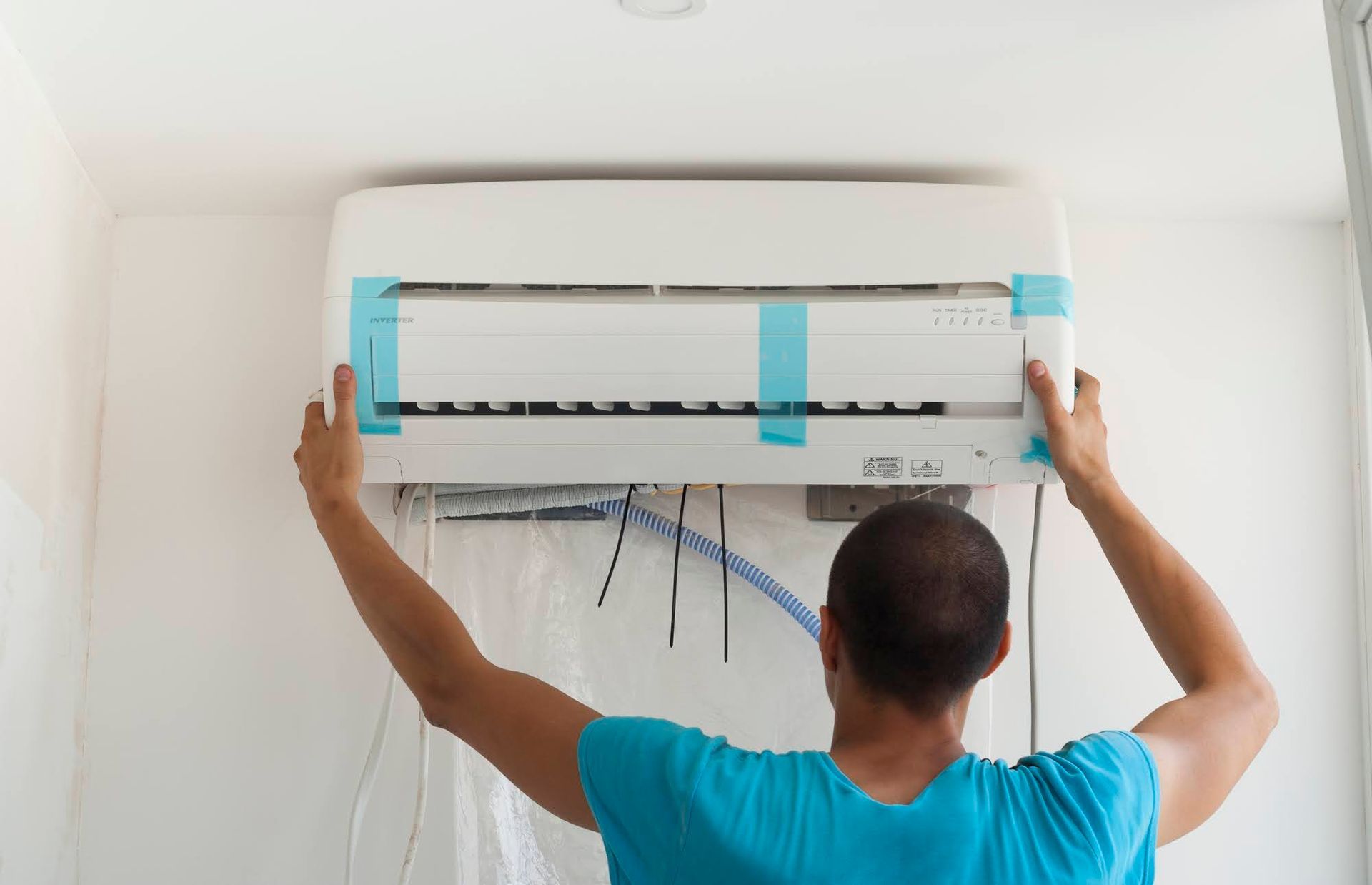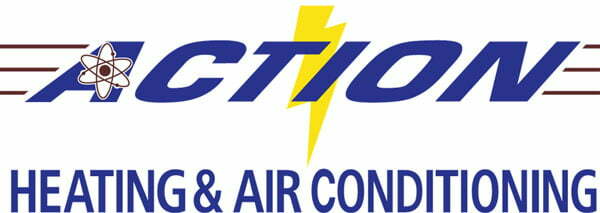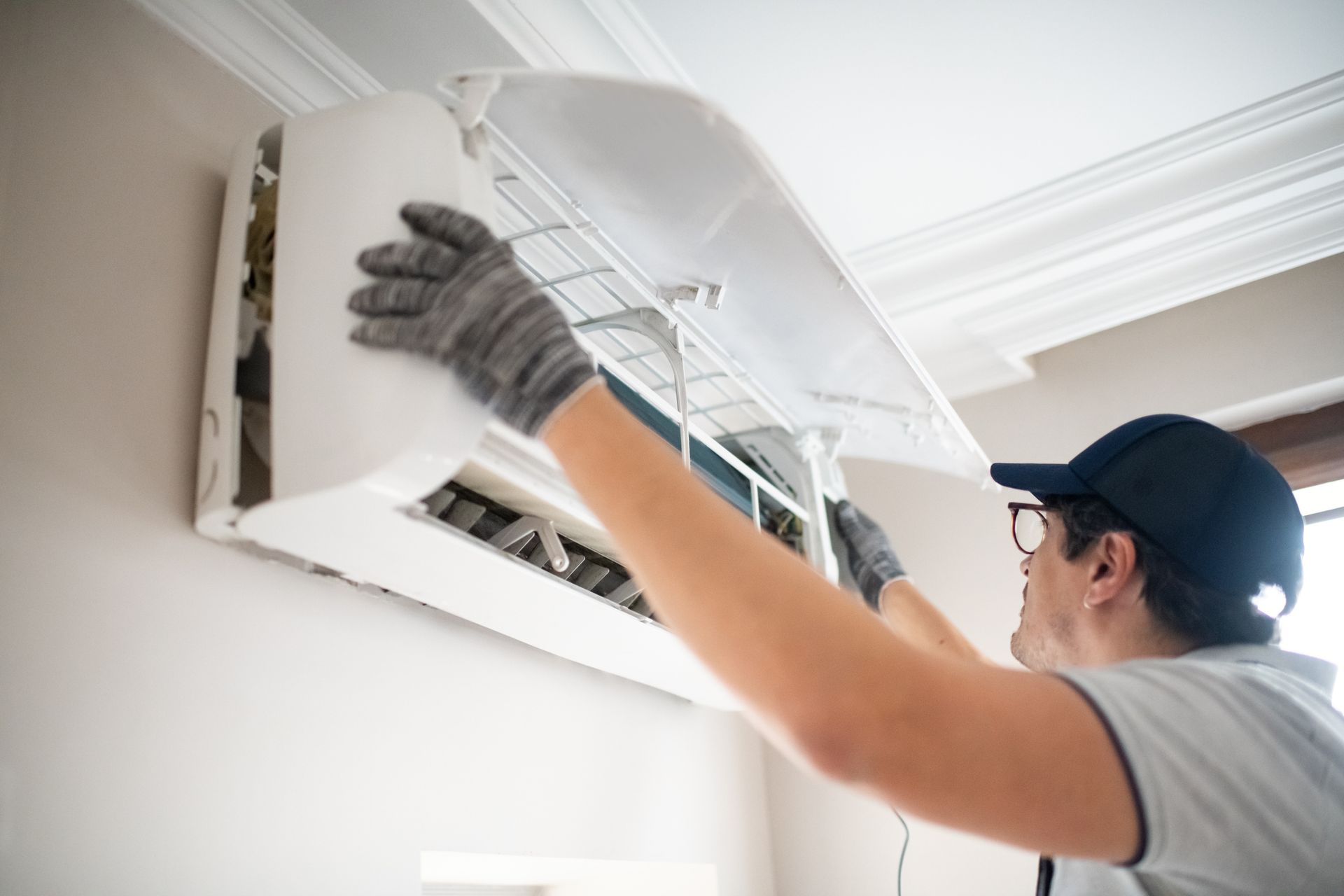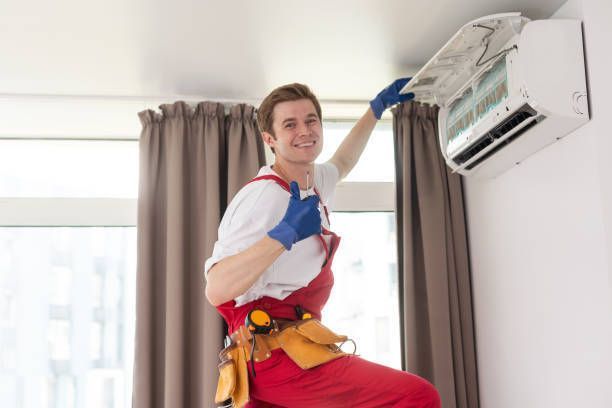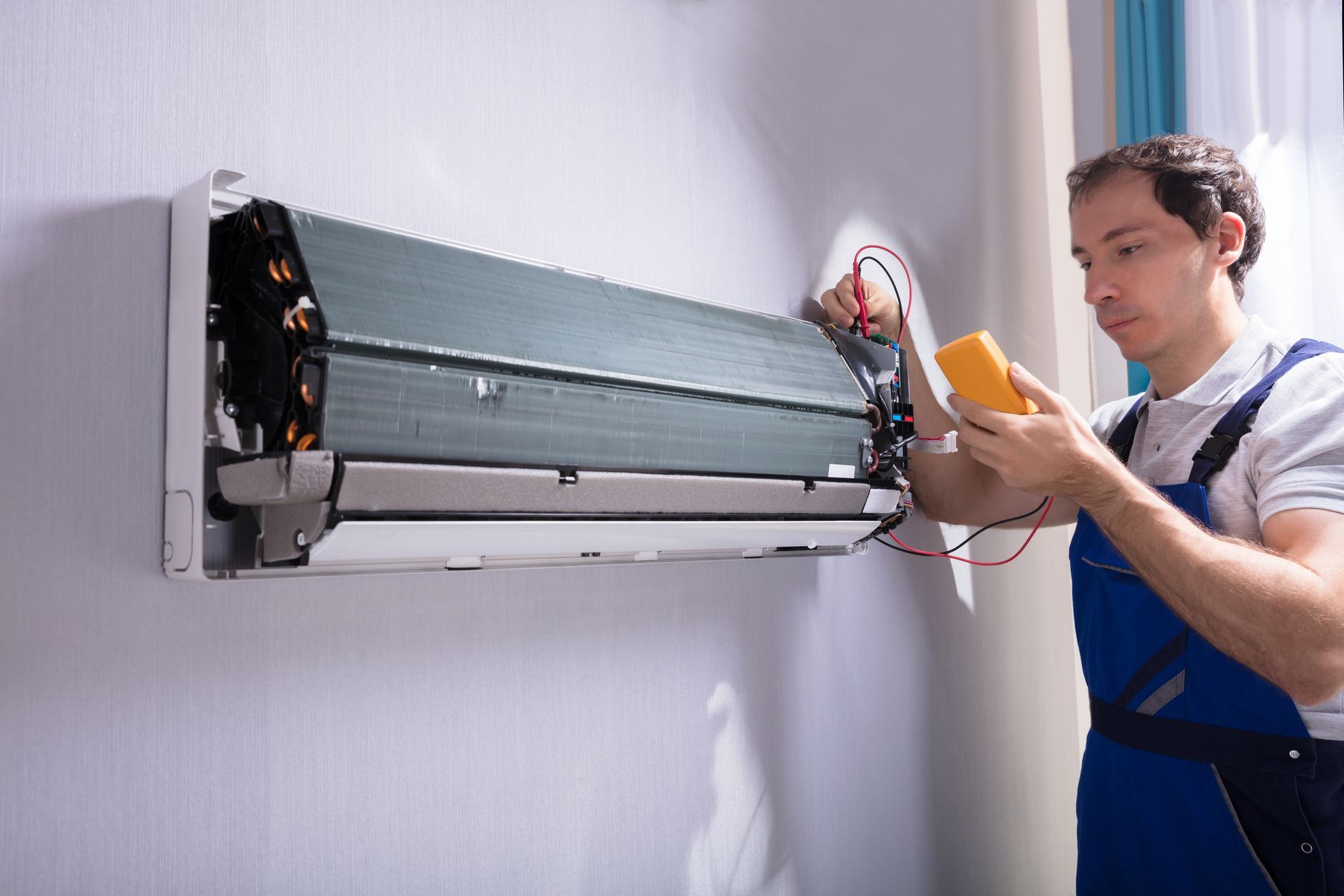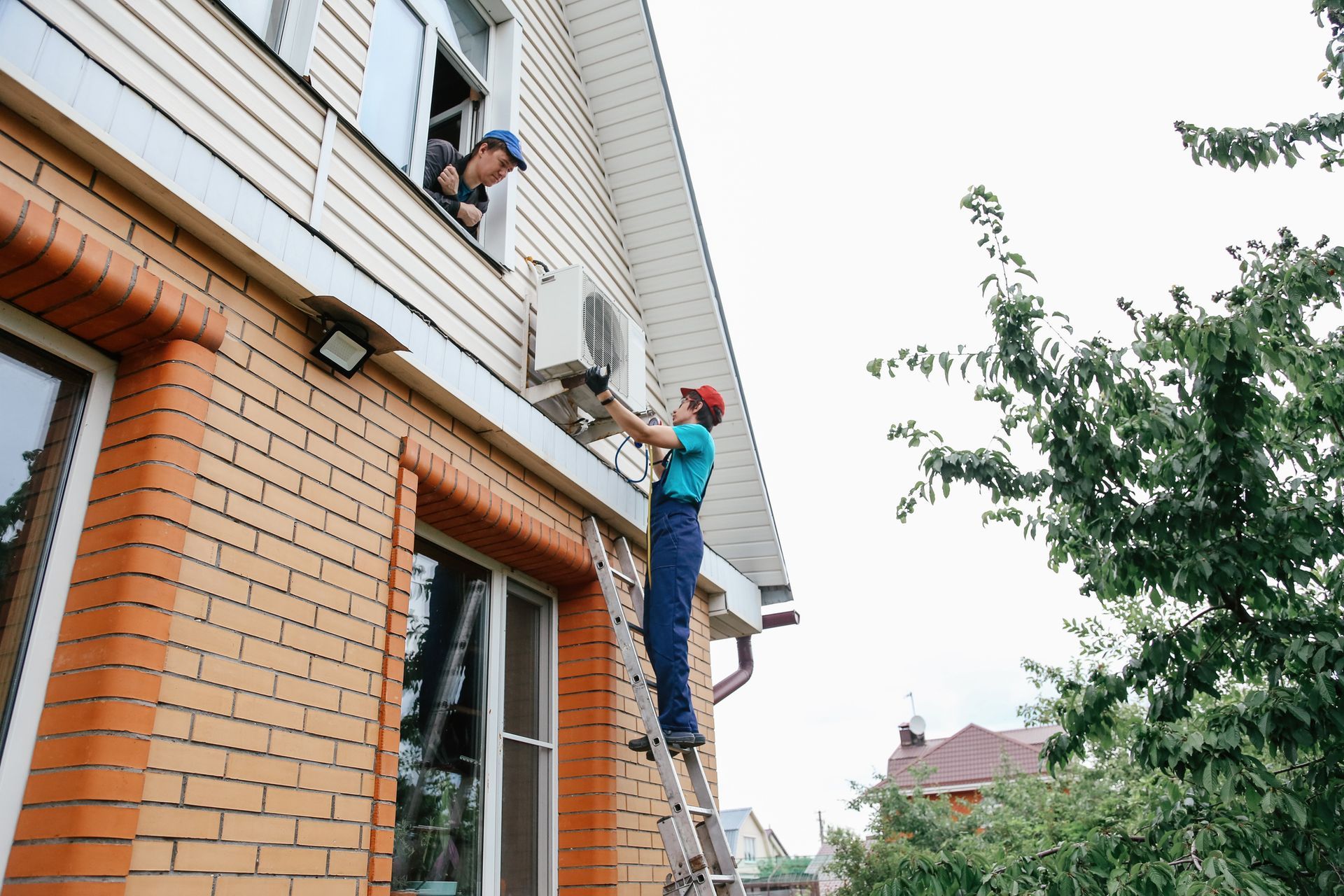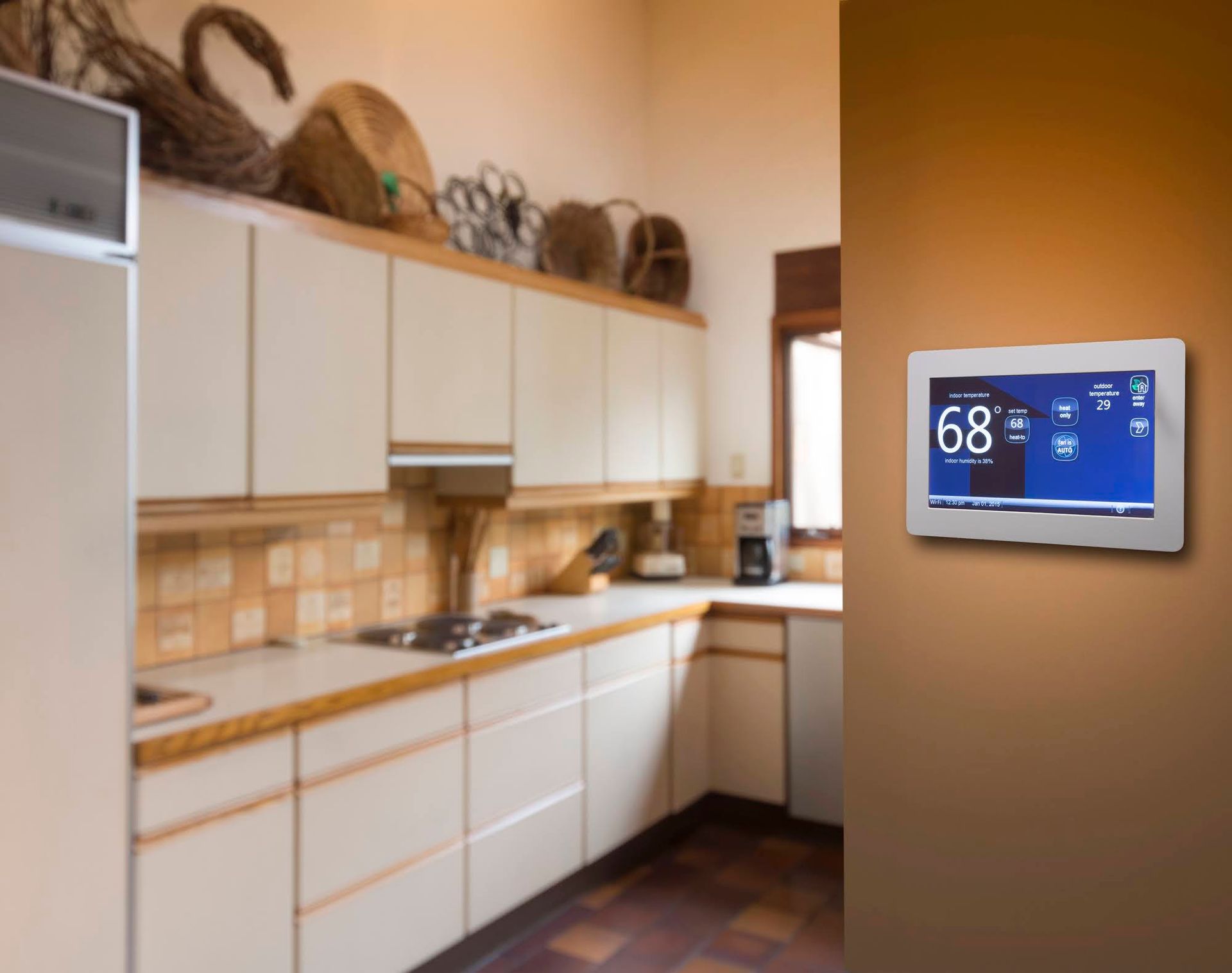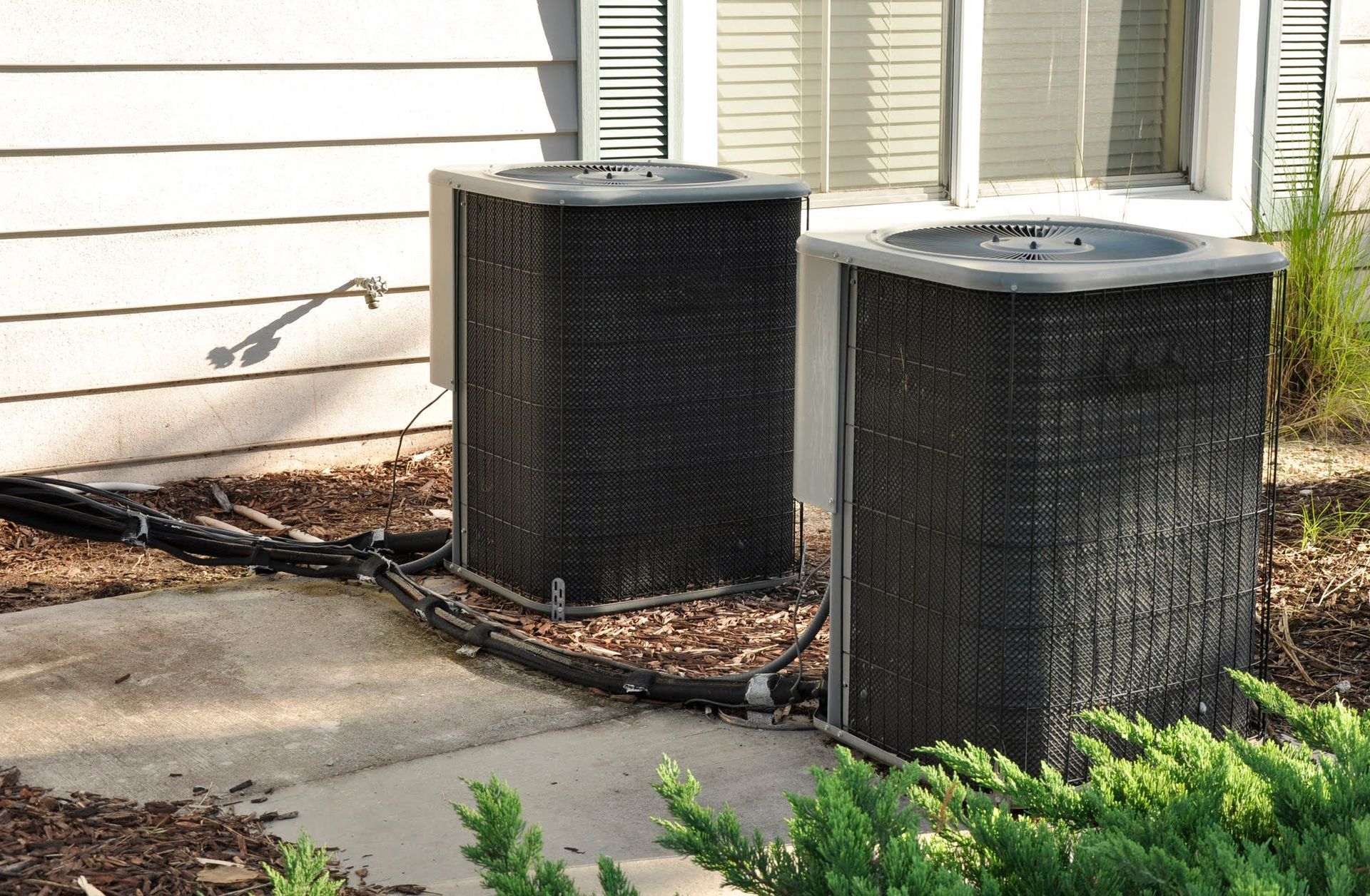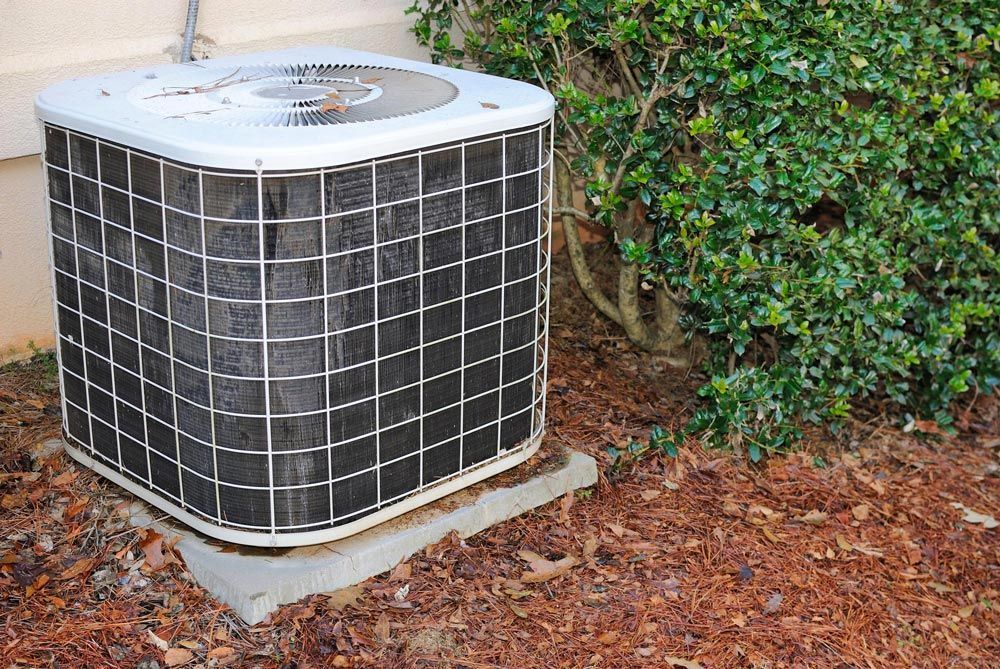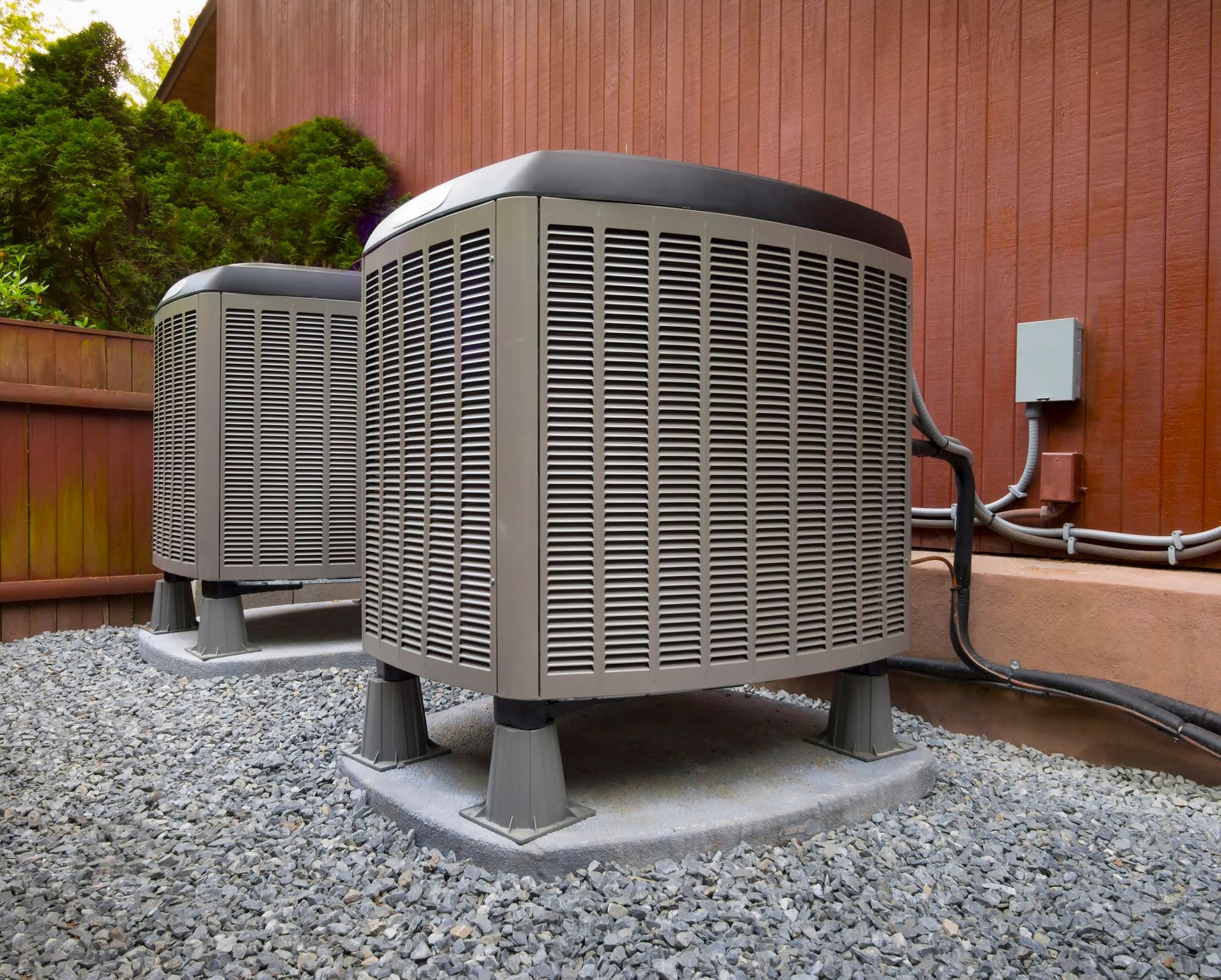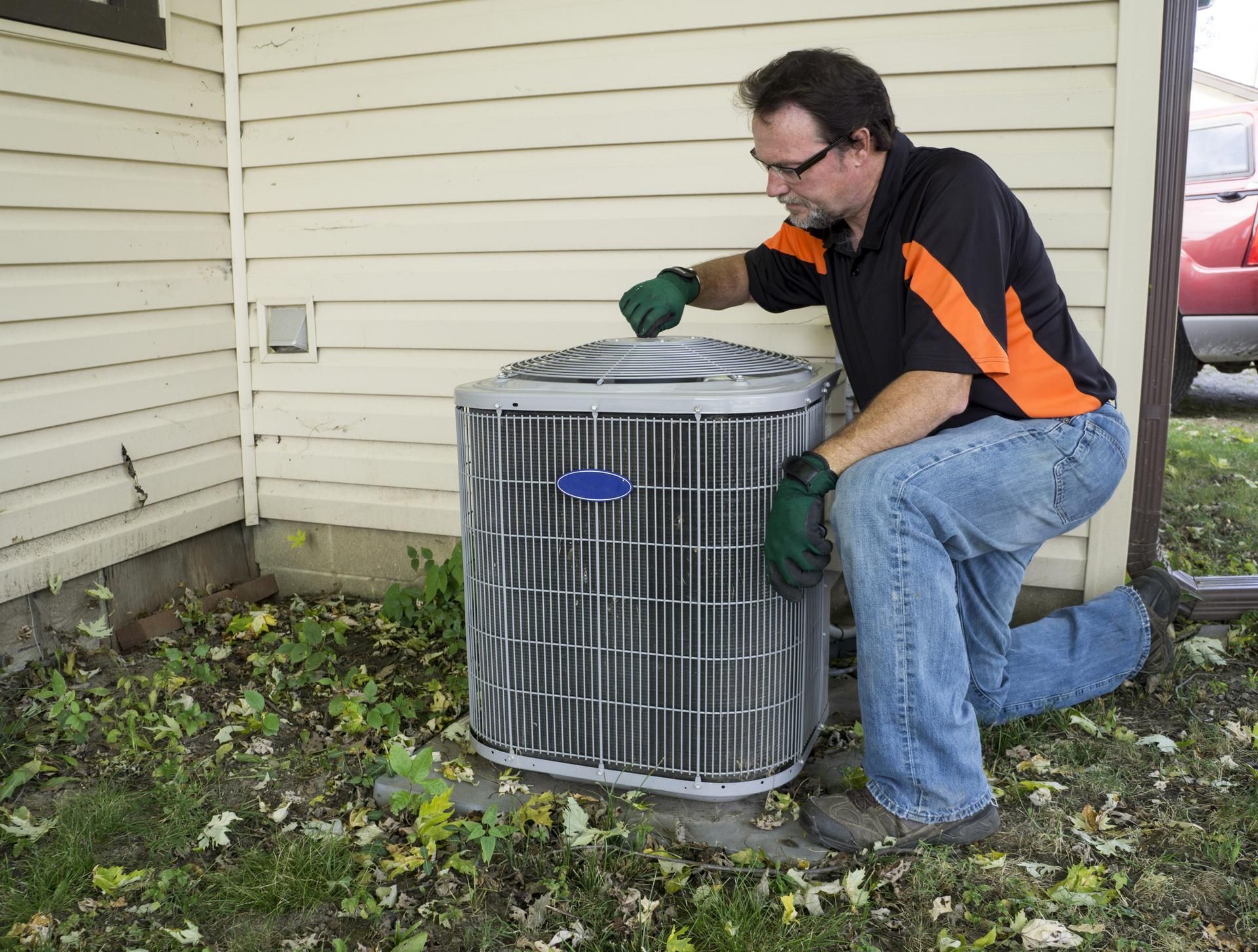Duct Work Sanitization: The Benefits and Signs You Need It
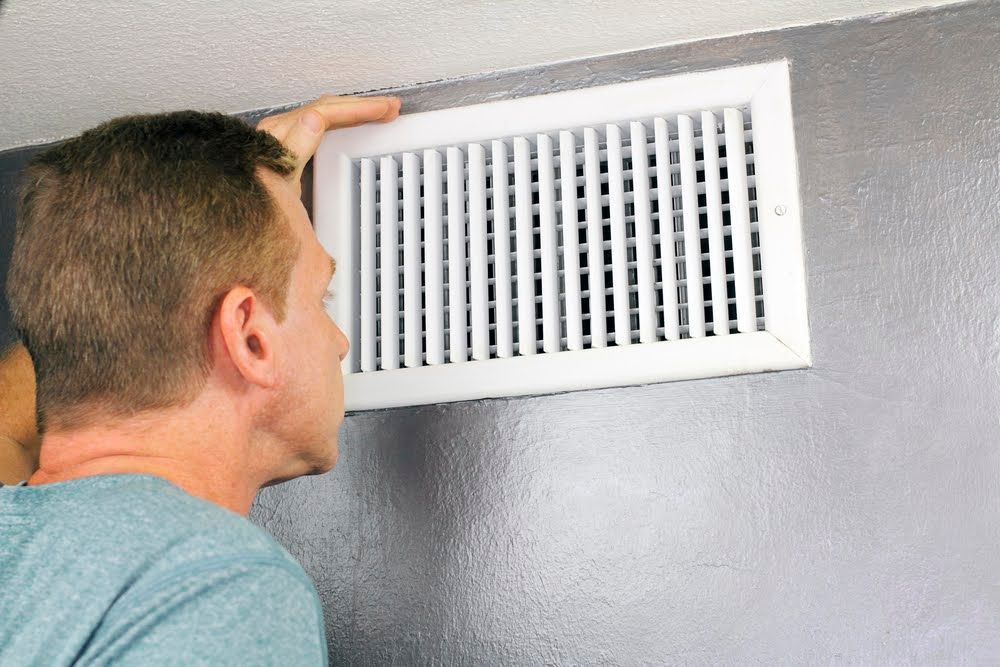
Your HVAC ducts provide comfort to your home, but did you know that these hidden structures can easily accumulate dirt, dust, and harmful bacteria if not regularly cleaned? Duct sanitization is a crucial part of HVAC maintenance that is often overlooked. Here, you can learn some of the benefits of duct sanitization and the signs that indicate you need to have your ducts repaired in addition to this cleaning.
The Benefits of Duct Work Sanitization
Improved Indoor Air Quality:
The buildup of dust, pollen, and other contaminants in your ductwork can cause respiratory issues, especially for people with allergies or asthma. Duct sanitization removes the buildup of dust and harmful bacteria, leading to improved indoor air quality. If someone in your family suffers from allergies or has upper respiratory issues, then clean ducts in the home are a must.
Enhanced Energy Efficiency:
Dirty ducts can significantly reduce the efficiency of your HVAC system, resulting in higher energy bills. Having your ducts regularly sanitized can help improve their efficiency and lower your energy bills.
Increased Lifespan of Your HVAC System:
Regular duct sanitization can help extend the lifespan of your HVAC system. Dirty ducts have a heavy impact on your HVAC system overall, and repairs will help your system last longer.
Cost-Effective:
Duct sanitization is an affordable way to keep your HVAC system running smoothly. The cost of cleaning your ducts is much lower compared to the potential health problems and high HVAC repair costs associated with a neglected HVAC system. If you're on a budget, get a quote from your HVAC specialist before they begin work for you.
Signs You Need Ductwork Repair
Some signs are more obvious than others when it comes to needing duct repair or sanitization. If you're unsure if this is a need you have, then call your HVAC specialist.
Unusual Noises:
If you hear odd sounds coming from your HVAC system, like banging or hissing, it could be a sign that your ducts need repair. Unusual noises can indicate that there is damage to your ducts, and it is time to have them inspected.
Inconsistent Airflow:
If some rooms in your house are colder or hotter than others, it could be a sign that your ducts are not distributing air evenly. Air leakage or blockages in your ducts can cause this. Duct cleaning and sanitization can clear away dust and other blockages that restrict airflow.
Spike in Energy Bills:
A sudden spike in your energy bills could be a sign that there is a problem with your ductwork. Leaks or blockages in your ducts can cause your HVAC system to use more energy than necessary or usual, leading to increased energy consumption.
Dust Buildup:
If you notice that your home is dustier than it usually is, it could be a sign that there is a buildup of dirt and dust in your ducts. Dirty ducts can circulate dust and other particles throughout your home, leading to poor indoor air quality.
Duct sanitization is an essential part of HVAC maintenance that should not be overlooked. Regular cleaning of your ducts can improve indoor air quality, enhance energy efficiency, increase the lifespan of your HVAC system, and save you money in the long run.
Signs that you need ductwork repair include unusual noises, inconsistent airflow, a spike in energy bills, and dust buildup. If you notice any of these signs, it is time to have your ducts inspected and repaired by a professional.
By taking care of your HVAC system, you can ensure that your home is comfortable and healthy for you and your family. Start caring for your home by calling our pros at Action Heating and Air Conditioning to schedule an appointment for duct sanitization or repair today.
